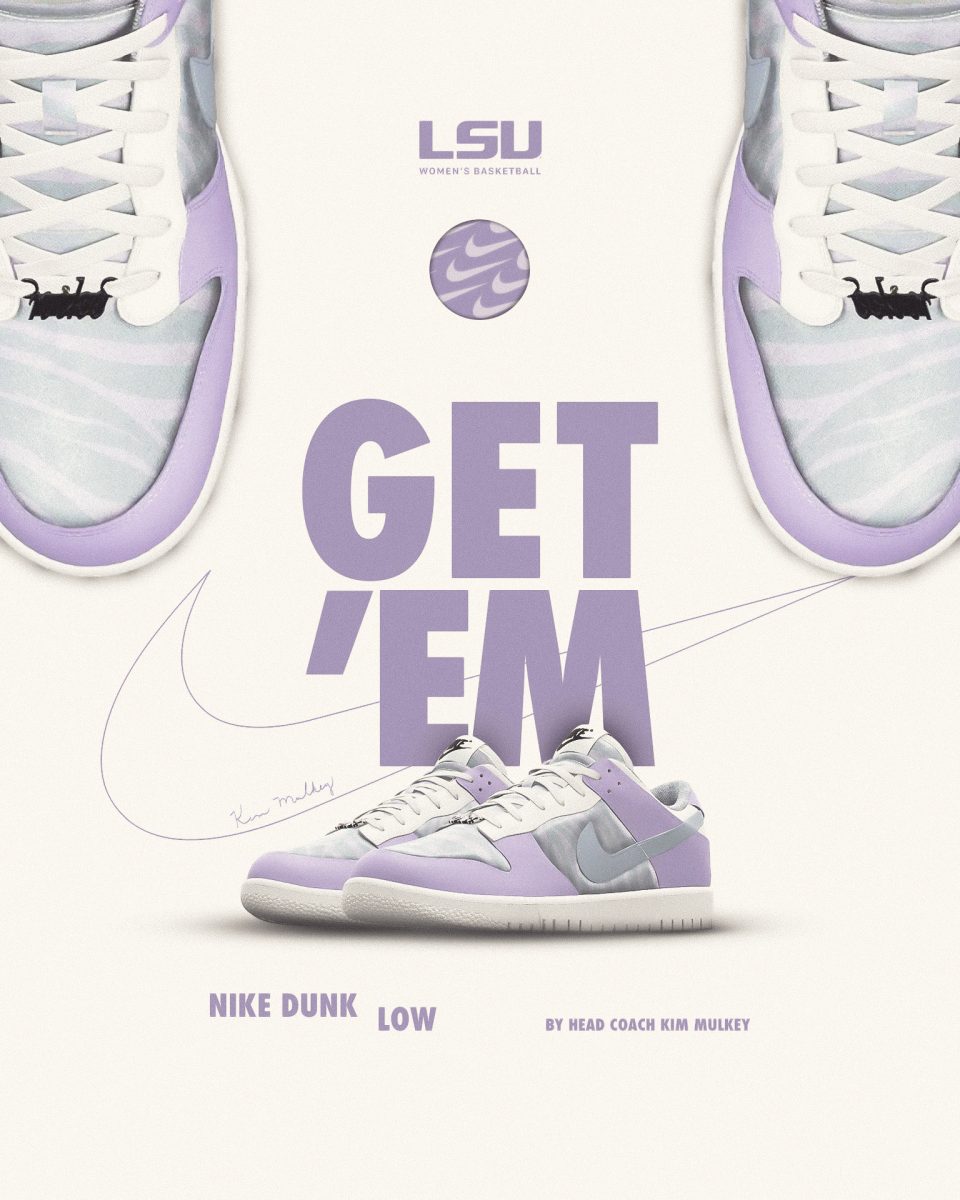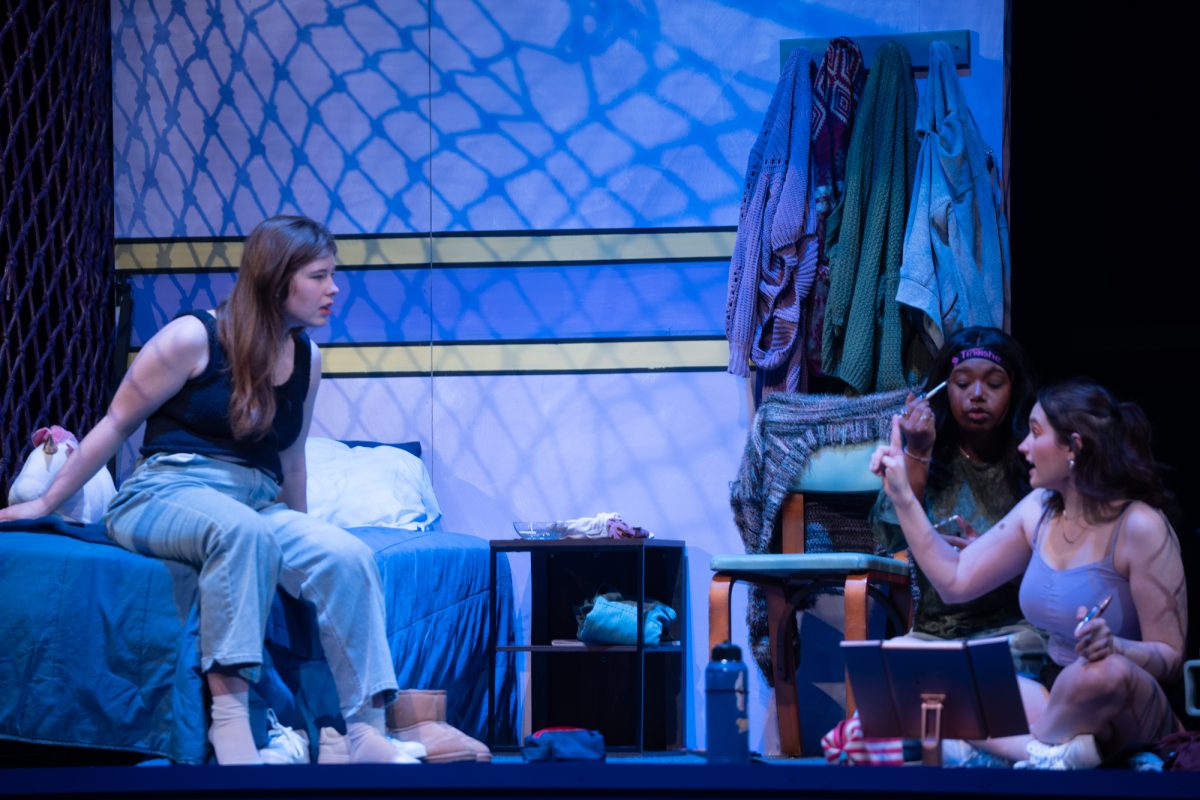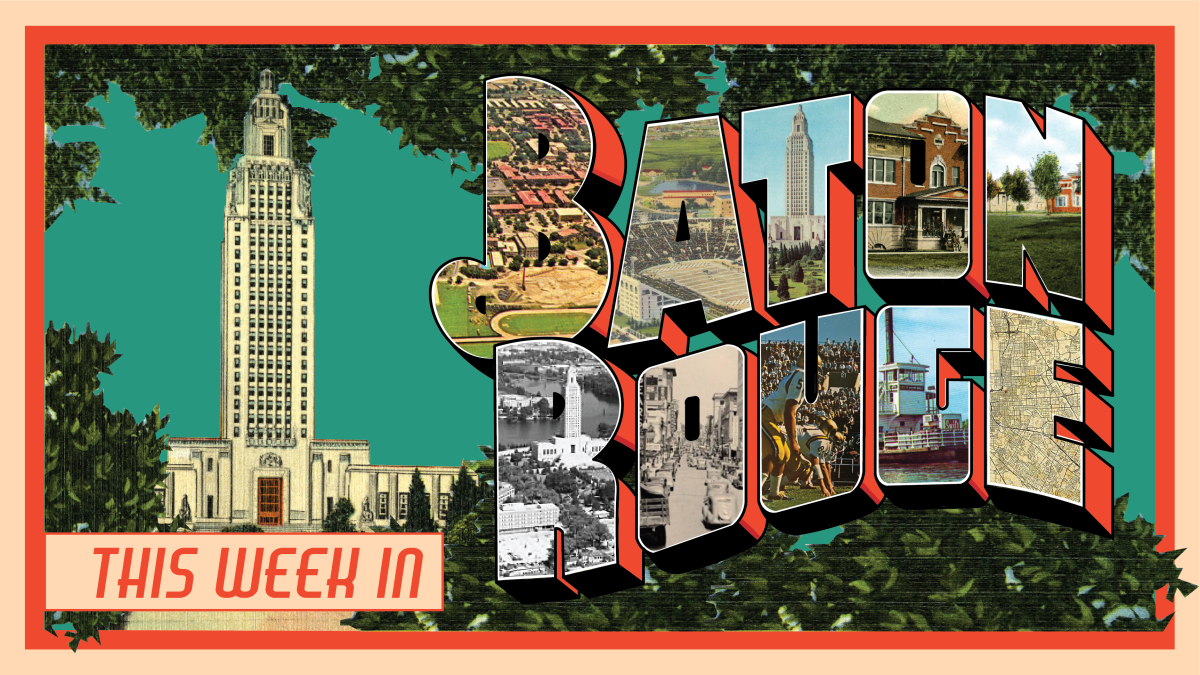The clothes college students choose to cover their backs with are always evolving, but one consistency is the always-classic T-shirt.
Though the popularity of the fashion staple hasn’t changed, what has improved is the quality and evolution of T-shirt design, giving a voice and a purpose to consumers-turned-entrepreneurs of the T-shirt generation.
Between 10 and 20 years ago, people began promoting unique lifestyles and emotions in ways that were unheard of. Middle fingers, drug references and dark or abstract expressions in song lyrics became more popular than ever before.
Over time, these messages have been refined and studied while being translated into an affordable medium – T-shirts.
Most students wear the stiff, cheap grade of cotton shirting with mediocre digital designs that are given away for free from credit-card companies and apartment complexes. But there has been an increased appreciation for digital art in the T-shirt industry.
University graduate and co-founder of Storyville Apparel Josh Harvey found that after opening the company’s first brick-and-mortar location on West Chimes Street in 2007, he was disappointed to find that the sales of the area would not match the enthusiasm of his ideas.
But that didn’t curb the company’s success. This minor setback only fueled the major success of what Storyville Apparel is today, opening five locations sustained by new entrepreneurs entering the T-shirt business.
As the owner of Storyville, Harvey said it is essential to keep inspiring the evolution of T-shirt illustration for the industry to thrive and keep consumers excited about buying into a comfort- and tourist-driven market.
Another brand, I Rep the Boot Apparel, was co-founded by University graduate Jacqua Jackson. The company was created from one design that evoked a broad reaction from his peers while attending LSU. The catchy design, which used the shape of the state of Louisiana as a base with a hand forming an L juxtaposed on top, took off into a product line that displayed colorways inspired by sports teams across Louisiana.
Jacqua, like founder of “dope.” clothing and LSU alumnae Courtney Howell, recognized that the logo of his brand carried such strong meaning that it was highly demanded by those who identified with the recognizable symbols and what it meant to them.
Jacqua explained that in assessing the T-shirt market, he felt his endeavor would be successful as long as he was “paying attention to the trends what’s going on around us and taking advantage of it.”
People in the here and now don’t just want comfort for their $20. There are quite a few of us who are even more attracted to the message the shirt portrays and how it’s presented. In addition to the comfort, weight and breathability of T-shirts, colors and printing techniques also have a strong influence in students’ purchasing.
Tattoo artist and start-up entrepreneur Paul Kevin Jack said he sought out T-shirt design as “another avenue of communication.”
In an age when young people are anxious to be heard, T-shirts can be added to the list of expressions that reach far beyond any speech rally or picket sign.
Al Burks is a 25-year-old apparel design senior from New Orleans.
—-
Contact Al Burks at [email protected]
The Fitting Room: Expression is the theme when purchasing a modern tee
March 28, 2012





